科学家首次成功在月球土壤里种出植物 'Holy cow’: scientists successfully grow plants in moon soil for the first time
中国日报网 2022-05-16 08:44

日前美国佛罗里达大学的研究人员首次在阿波罗号宇航员带回的月球土壤里种出了植物,这个突破性进展意味着人类朝着在月球上种植粮食又迈近了一步。

For the first time, scientists have grown plants in soil from the moon collected by Nasa’s Apollo astronauts.
科学家首次在美国宇航局阿波罗号宇航员从月球上收集的土壤里种出了植物。
Researchers had no idea if anything would sprout in the harsh moon dirt and wanted to see if it could be used to grow food by a new generation of lunar explorers. The results stunned them.
研究人员原本不知道贫瘠的月球土壤里能否长出东西,想看看新一代月球探险者能否用月球土壤种植食物。实验结果让他们惊呆了。
"Holy cow. Plants actually grow in lunar stuff. Are you kidding me?" said Robert Ferl of the University of Florida’s Institute of Food and Agricultural Sciences.
美国佛罗里达大学食品和农业科学研究所的罗伯特·菲尔说:“我的天!月球土壤里真的能种出植物!这不是在开玩笑吧?”
Ferl and his colleagues planted thale cress in moon soil returned by Apollo 11’s Neil Armstrong and Buzz Aldrin, and other moonwalkers years ago and the seeds sprouted.
菲尔和他的同事在阿波罗11号宇航员尼尔·阿姆斯特朗、巴兹·奥尔德林和其他登月者数年前带回的月球土壤上种植鼠耳芥,结果种子发芽了。
The downside was that after the first week, the coarseness and other properties of the lunar soil stressed the small, flowering weeds so much that they grew more slowly than seedlings planted in fake moon dirt from Earth.
坏消息是,过了一周后,月球土壤的粗糙和其他特性给初生的鼠耳芥幼苗造成了很大压力,所以月球土壤上种植的鼠耳芥幼苗比来自地球的仿月球土壤上种植的鼠耳芥幼苗生长速度更缓慢。
Most of the moon plants ended up stunted. Results were published on Thursday in Communications Biology.
种植在月球土壤上的大多数鼠耳芥植株最后都会发育不良。该结果于5月12日发表在《通讯-生物》上。
The longer the soil was exposed to punishing cosmic radiation and solar wind on the moon, the worse the plants seemed to do.
月球上的土壤暴露在严酷的宇宙辐射和太阳风下的时间越长,植物的长势似乎就越差。
The Apollo 11 samples – exposed a couple of billion years longer to the elements because of the lunar Sea of Tranquility's older surface – were the least conducive for growth, according to scientists.
科学家称,阿波罗11号带回的土壤样本是最不利于植物生长的,因为月球表面古老的静海区域比其他区域多承受了几十亿年的宇宙辐射和太阳风。
"This is a big step forward to know that you can grow plants," said Simon Gilroy, a space plant biologist at the University of Wisconsin-Madison, who had no role in the study. "The real next step is to go and do it on the surface of the moon."
没有参与该研究的威斯康星大学麦迪逊分校太空植物学家西蒙·吉尔罗伊说:“知道能在月球土壤上种植物是向前迈了一大步。下一步就是在月球表面上种植物。”
Moon dirt is full of tiny, glass fragments from micrometeorite impacts that got everywhere in the Apollo lunar landers and wore down the moonwalkers’ spacesuits.
月球土壤中充斥着微陨石冲击留下的小玻璃碎片,阿波罗登月飞行器上到处都是微陨石撞击的痕迹,微陨石给登月者的宇航服也造成了很多磨损。
One solution might be to use younger geologic spots on the moon, like lava flows, for digging up planting soil. The environment also could be tweaked, altering the nutrient mixture or adjusting the artificial lighting.
改善植物生长情况的一个解决方法可能是选取月球上地质比较年轻的区域的土壤,比如在有熔岩流的区域挖取种植土壤。种植环境也可以稍作改变,更换营养混合液或调整人造光。
Only 842 pounds of moon rocks and soil were brought back by six Apollo crews, and most was locked away.
阿波罗号的6名宇航员一共只带回了842磅(382千克)的月球岩石和土壤,大多数都被封存了。
Nasa finally doled out 12 grams to the University of Florida researchers early last year, and the long-awaited planting took place last May in a lab.
去年初,美国宇航局终于分给佛罗里达大学研究人员12克月球土壤,这一期待已久的种植实验去年五月得以在实验室开展。
英文来源:美联社
翻译&编辑:丹妮









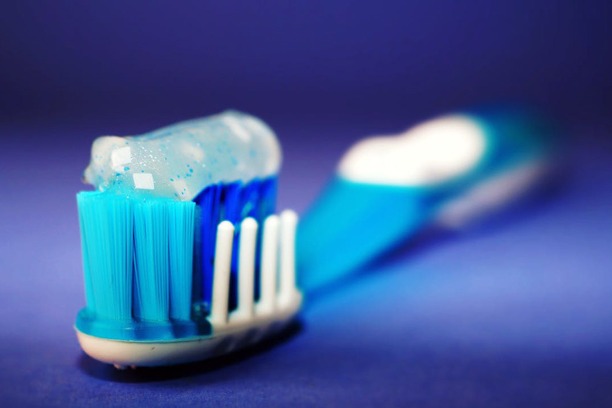
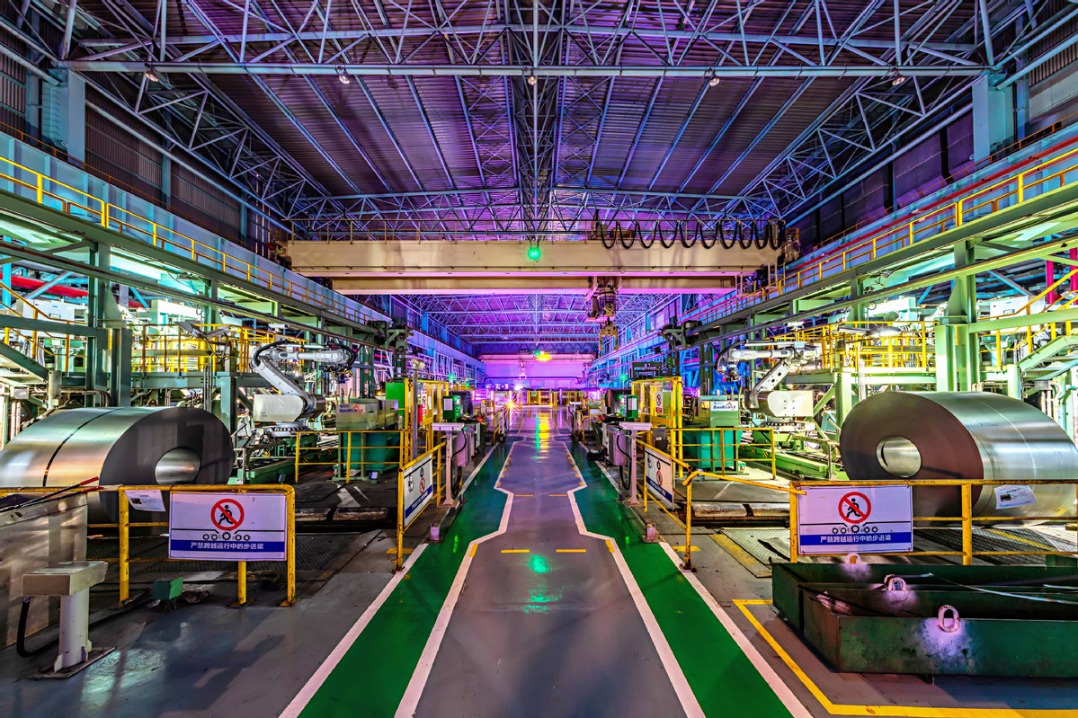
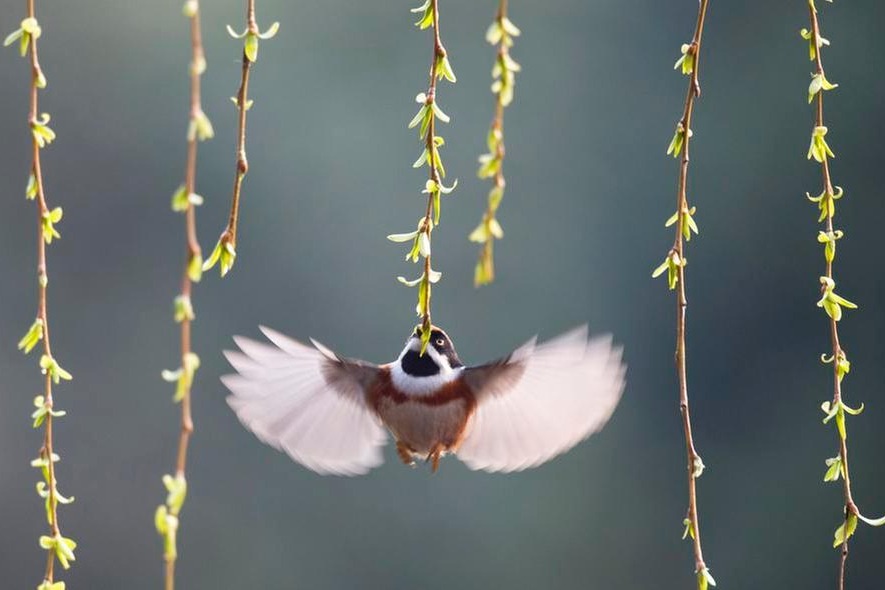
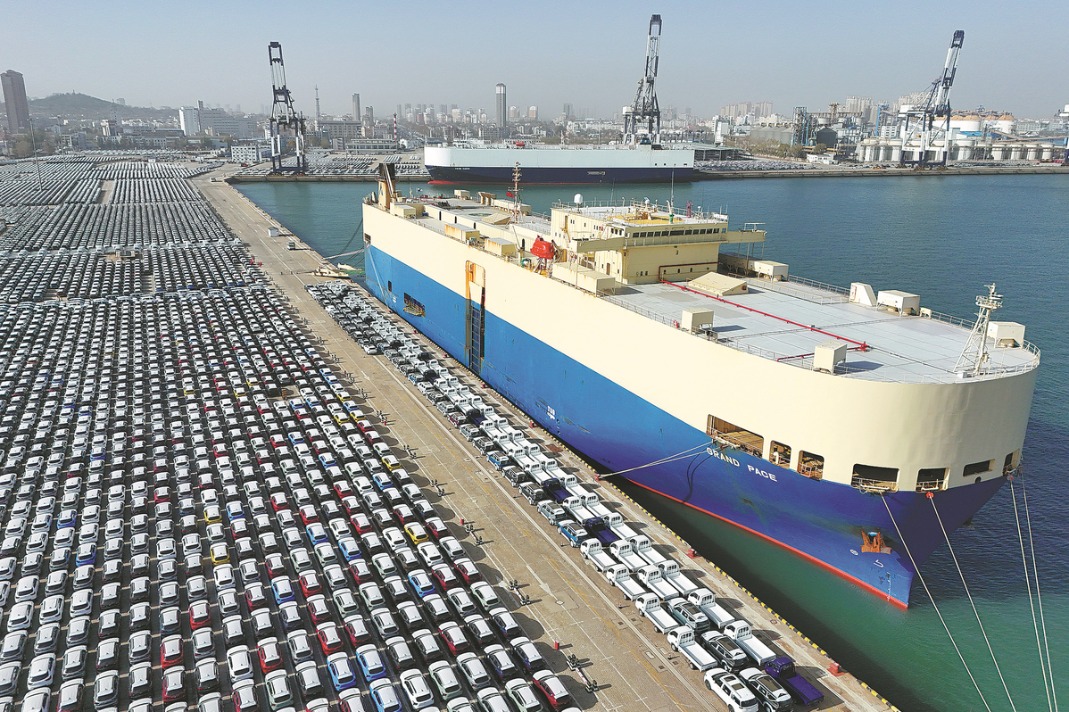
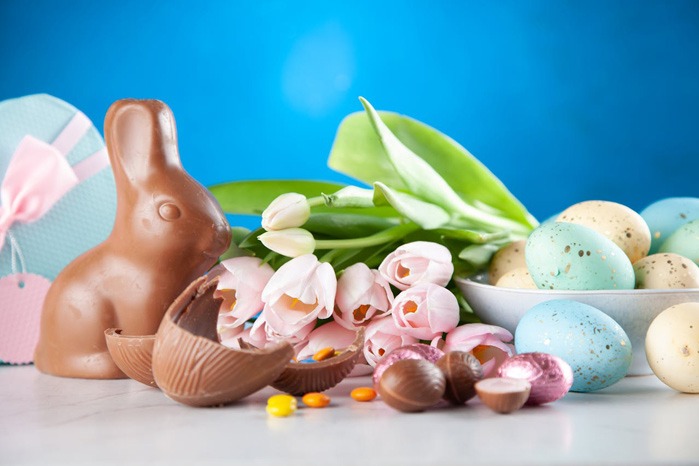
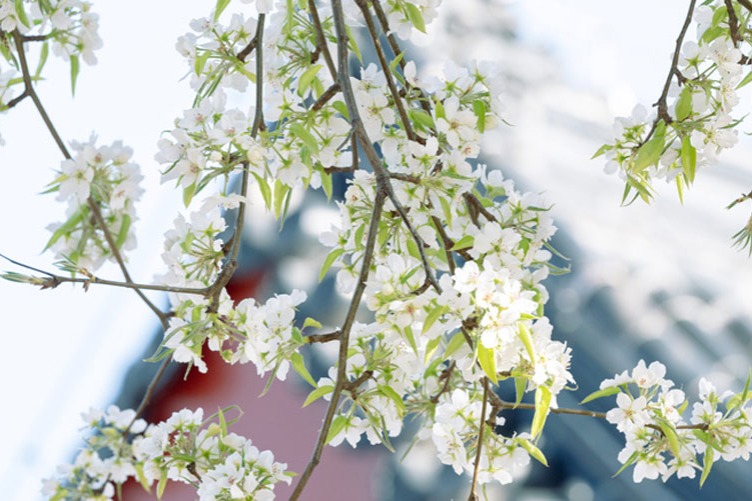
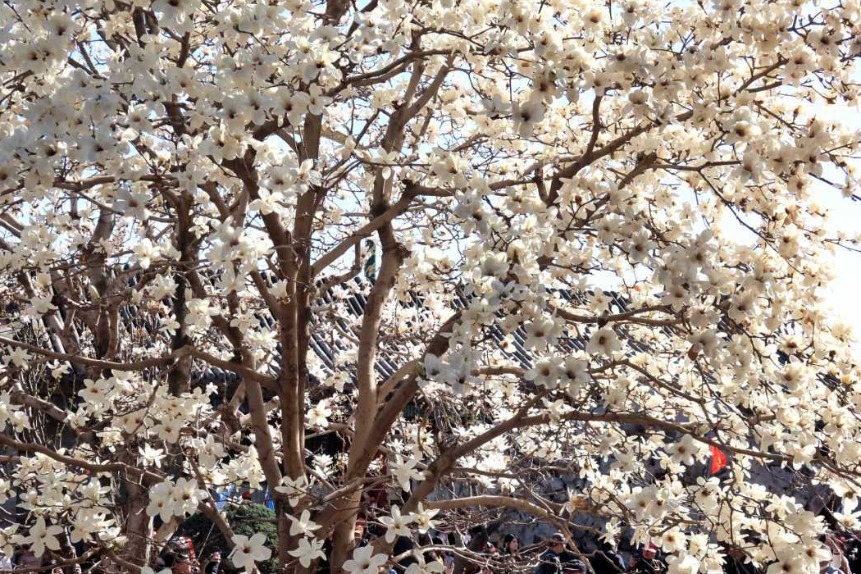
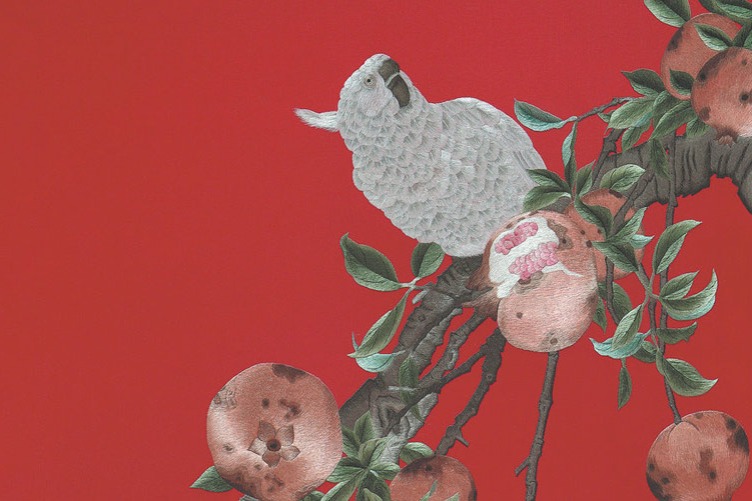
 英语点津微信
英语点津微信 双语小程序
双语小程序